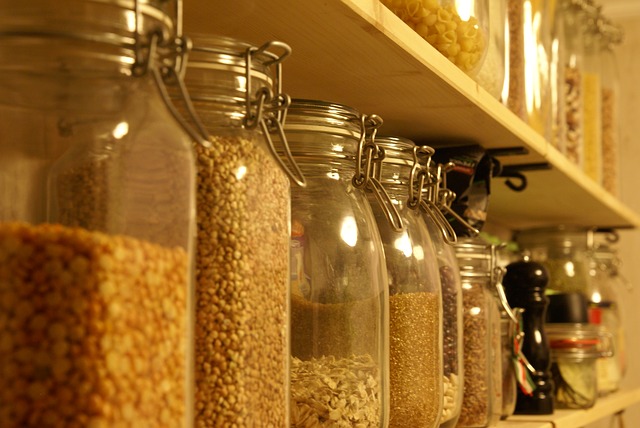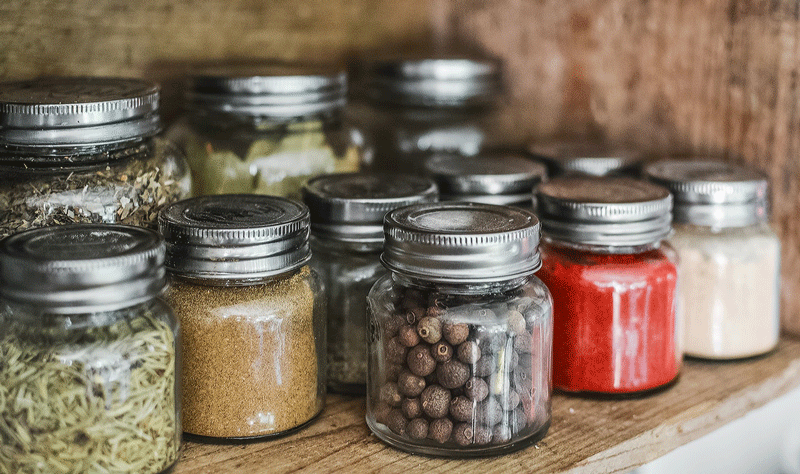Too often we fight with our kitchens, banging pots and pans to find their lids, navigating a cluttered fridge to locate that elusive jar of olives, grabbing a jar of cinnamon only to find it empty or ten years old.
Here are some tips to turn a frustrating kitchen into a zone of efficiency and creativity…
Cooking Utensils –
Do you really need three vegetable peelers, an egg-slicer you’ve never used, and a broken corkscrew? Be merciless on paring down these items. Imagine the loveliness of a sparsely populated drawer or countertop canister. Put that only-used-on-Thanksgiving turkey baster and other once-in-a-while items in a bag on a lower or upper cabinet shelf, so they won’t be intermingling with your everyday items. (This goes for items you really use, not for “maybe I’ll use them someday” things – those get gifted or donated.)
Cookware –
What pots and pans do you use daily? Unless you’re a gourmet chef, these usually consist of a couple of sauce pans, a frying pan, and a soup or pasta pot. Instead of nesting them, store these front and center with their lids on. Further back, lower down, or higher up go less-frequently used or specialty items. Most people have needless duplicates of the basics – which do you really use and which are backups? Do you really need those backups?
Beware of specialty items you never use. Do a reality check with your yogurt maker or bread mixer. Is there someone in your life – or who shops at a thrift store – who actually makes yogurt or bakes bread who would be thrilled to own these?
Next: An Organized Kitchen: Less is More, Part 2




